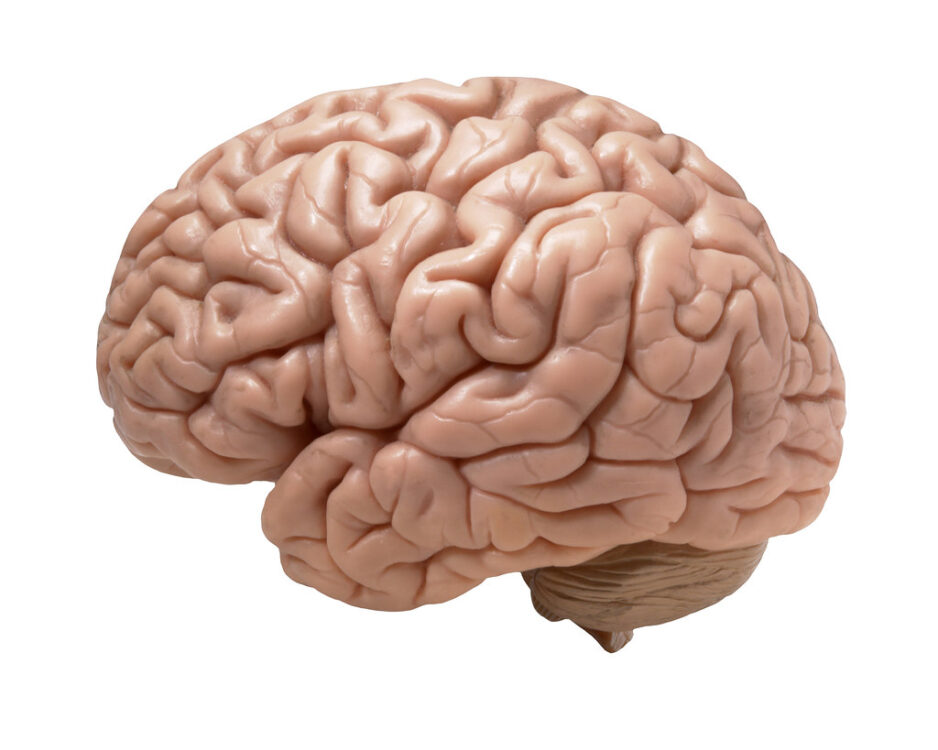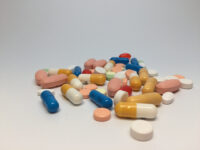When functioning optimally the human brain poses one of the largest challenges encountered in medicine. For the past 50 years, scientists have struggled to find methods to bypass the blood-brain barrier (BBB), a vital immunological barrier responsible for the transport of select molecules into the brain. Solving this problem would allow for the development of minimally-invasive targeted therapies for central nervous system (CNS) diseases. Making progress in drug delivery to the brain is especially pressing as the elderly population continues to grow, leading to the increased incidence of neurodegenerative disorders and brain cancers.
“For the past 50 years, scientists have struggled to find methods to bypass the blood-brain barrier (BBB), a vital immunological barrier responsible for the transport of select molecules into the brain.”
“While overcoming the BBB poses a significant challenge, the application of nanomedicine is rapidly closing the gap between science fiction and reality.”
While overcoming the BBB poses a significant challenge, the application of nanomedicine is rapidly closing the gap between science fiction and reality. For instance, Professor Qin and his team at UT Dallas are harnessing lasers and nanoparticles to open up tight junctions, or joints that regulate the transport of molecules in and out of the brain. The treatment works by injecting gold nanoparticles intravenously. Next, the area of interest is pulsed with one picosecond, or 10-12 seconds, of a laser to temporarily increase the permeability of the BBB. The intensity of this permeability change can be modulated with different laser intensities to target drug carriers of specific sizes. In the recent study, Qin and colleagues harnessed drug carriers such as liposomes, adenoviral vectors, and antibody cargos, with each demonstrating diffusion through the BBB. Notably, this drug delivery system avoids inhibiting the movement of blood vessels and avoids damage to the BBB — two factors that have been obstacles in past approaches. In the future, Qin and his colleagues at UT Southwestern Medical Center are hopeful the system will be adapted to treat brain tumors and ALS and aid in stroke recovery. That being said, the system must first show results in complex preclinical models, but use in humans is not yet out of the question.
Reminiscent of “The Magic School Bus,” other approaches to drug delivery include shrinking treatment further to allow for engineered micro-robots. Professor Choi and his team at South Korea’s Gyeongbuk Institute have developed a magnetically controlled micro-robot, termed Cellbot, that delivers stem cells to the brain. Particles termed SPIONs, or superparamagnetic iron oxide nanoparticles, are applied intranasally and guided via an external magnetic field. Once in the brain, SPIONs stimulate the growth and differentiation of important neuron types and neural precursor cells, which would help treat neurodegenerative disorders. So far, Choi has demonstrated success in mice models and hopes to replicate results in preclinical models. Another micro-robot approach in ideation utilizes the body’s natural defense system to deliver drugs. Dr. Palagi and his colleagues at Italy’s Santa Anna School of Advanced Studies are working on a model to indicate that microrobots can be disguised as white blood cells. In this manner, the microbots could pass through the BBB simply by perceiving environmental conditions and mobilizing other immune cells. The team’s approach illustrates how an understanding of natural systems can be modified — or perhaps deviated — to apply to new challenges, rather than reinventing the system as a whole.
The journey through the BBB is an arduous process that still requires a significant amount of research for effective and safe implementation in humans. The biocompatibility of these treatments needs to be explored, along with how drug carriers are metabolized. Furthermore, our current medical technologies are insufficient for the proper control of microdevices. Even so, it should still be noted that the scientific community is making incremental progress towards bypassing the BBB, boldly going where no drug has gone before.
Image courtesy of Flickr






